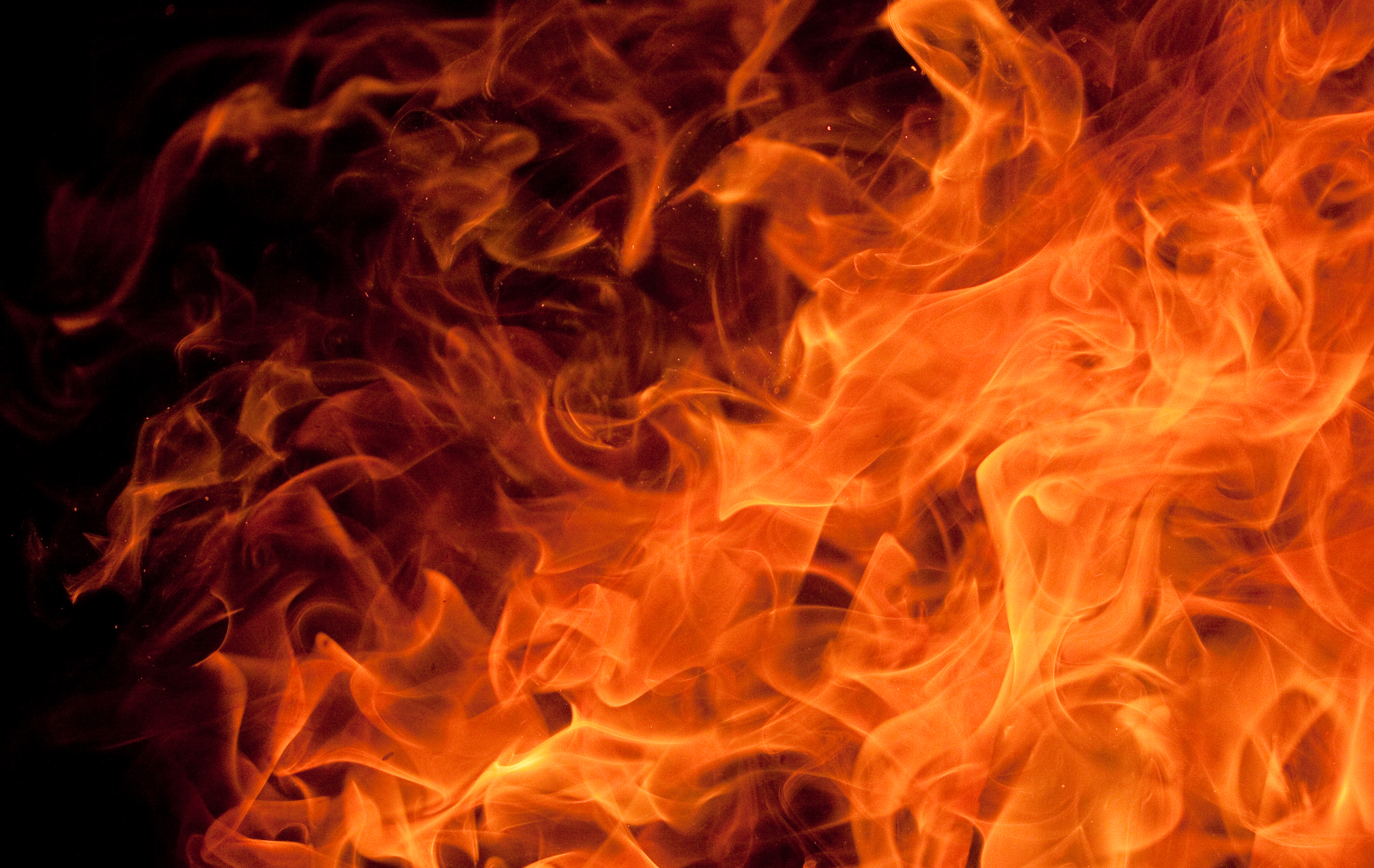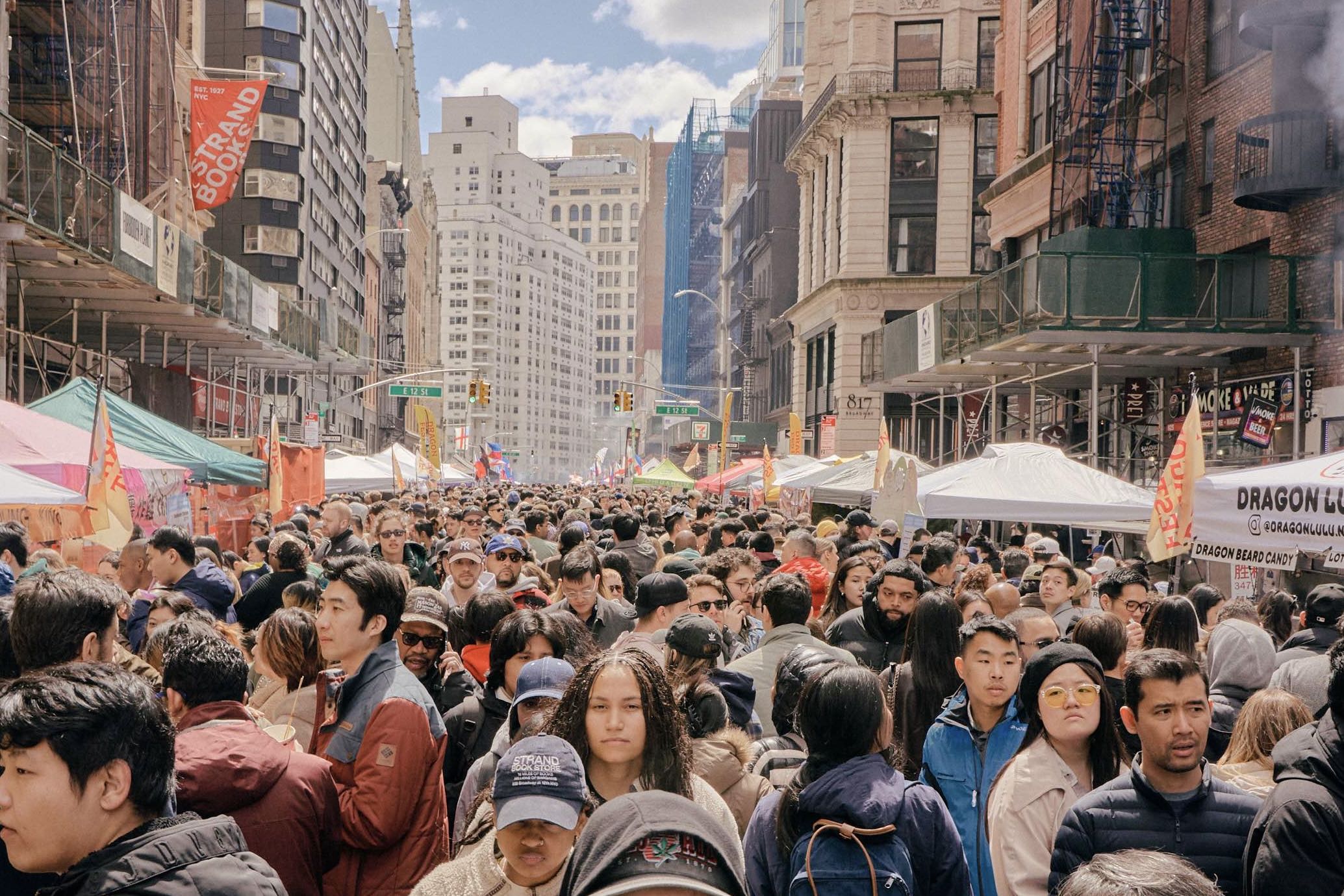For me it was the Friday after the earthquake. I was flying 1200ft over Port-Au-Prince with the Dominican Air Force and WNBC photographer Eddie Alonzo. I thought how is anyone alive?
I turned on the microphone, Eddie turned on the camera, and we started telling a story. A horrific tale I wished was fiction or a dream for the people living it.
From up there it looked as it did down there. Unreal. Villages of rubble. Concrete crumbs.
Every now and then we would fly over what was once a home or a building or both. We could see people milling around. They would move bricks. Were they looking for loved ones or looking for something to eat?
We landed at the embassy of the Dominican Republic. Part of the structure had been damaged but the main building was still standing.
he Dominicans were medivacing Haitians who needed immediate attention. Two elderly women were carried into the chopper. They could not move their legs. Three days prior the earth shook, crippling them and their city. Now they were being transported to a place they did not know by people they did not know who spoke a language they did not know. Hopefully they were not afraid of heights or flying. They really did not have a choice if they wanted to survive.
We followed the women into a border hospital in the town of Jimani. Patients were being transported in pick-up trucks, flatbed trucks, cargo trucks. Everything but ambulances.
Injured Haitians were spread out everywhere. I cannot tell you what color tile was in that hospital because all I could see were bodies. Mostly women but there were some children.
Local
A little boy screamed out. We gravitated toward him. The doctors told me had a skull fracture and needed surgery. He was by himself in that hospital and couldn't communicate with the Spanish speaking doctors. They wrapped his head in bandages and took him out to the helipad. He needed a better hospital, supplies were running out in Jimani as were the chances of survival.
Looking back on that hospital and that day I saw the worst place in the world and the best place. I say that because in that hospital and in that helicopter were strangers helping strangers. The Dominican air men and doctors along with the American nurses and medics were saving people who had no means to save themselves.
That selfless service was something we saw day in and day out. Did we see bodies? Yes. Did we see orphaned children? Yes. Did we see people struggling for food and water? Yes. But we also saw Americans pulling Haitians from the rubble. Dominican doctors patching up broken arms and legs. European aid workers driving 10 hours from Santo Domingo so they help people in need.
I know I will never forget the bodies stacked like logs outside a Port-Au-Prince cemetery. Or the little boy bleeding from his head. But I will also never forget the first smile I saw in six days in Haiti.
The person smiling was a Haitian woman being treated by an American medic in a Dominican hospital.
People not only survived the earthquake. The will to live and the will to give did also emerged from the rubble.



